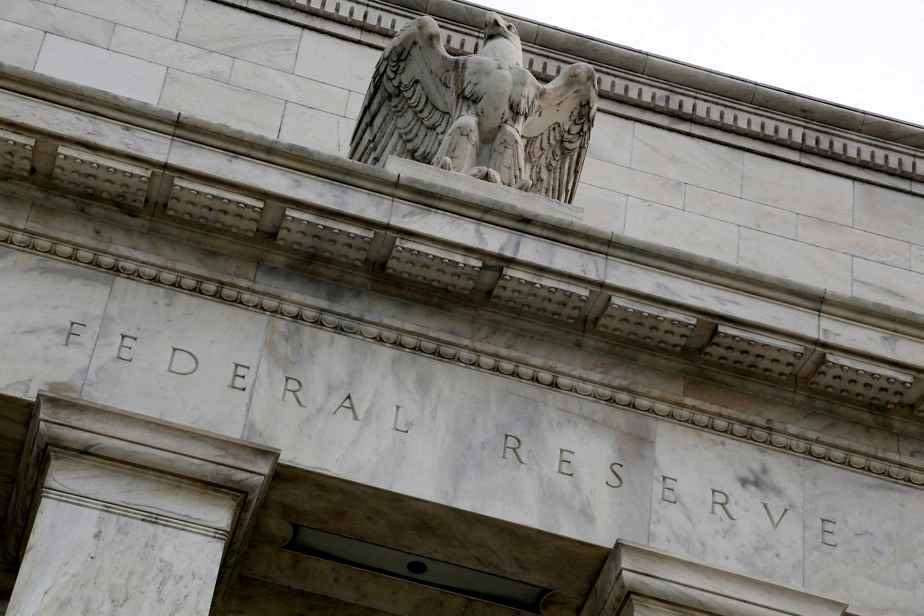(New York) US bond yields rose to their highest level in eleven years on Monday, a move that reflects the aggressive monetary policy of the US central bank (Fed), whose meeting opens on Tuesday, and is already weighing on the real economy.
Posted at 1:40 p.m.
US 10-year Treasuries rose 3.51%, a first since April 2011.
The 2-year rate, reputed to be more sensitive to market expectations regarding the Fed’s monetary policy, went up to 3.96%, a level more frequented for almost 15 years. As for the one-year yield, it crossed 4% for the first time in 21 years.
“Yields are at their highest in years, but Fed rates are also at multi-year highs, because inflation itself is at 40-year highs,” said John Canavan, Oxford Economics.
Since Fed Chairman Jerome Powell’s speech in Jackson Hole (Wyoming) at the end of August, investors have been expecting a faster and longer monetary tightening than initially expected.
Operators now favor the hypothesis of a Fed rate of at least 4.50% at the end of the year, against 3.75% a month ago, an altitude that the institution has not seen since. almost 15 years.
“I don’t think the market is getting carried away,” said John Canavan. “It’s a natural process of reassessing the Fed’s monetary policy. »
This hot spell in the bond market is already weighing on corporate financing conditions.
The average rate for a 10-year loan for the best-rated American companies has jumped by almost one point since the beginning of August.
For the lowest-rated companies, the average cost of credit is now close to 9%, compared to around 4% just a year ago.
The real estate market is also on the front line, with the average rate for 30-year mortgages rising above 6% last week for the first time since 2008.
“We think we are close to the top,” said Lawrence Gillum of LPL Financial. “It is possible that we will go up to 3.75% for the 10-year rate, but given the search for yield and the fact that we will probably experience a recession within twelve months, we could see the rate decline. »
For him, the rise in rates has made bonds more attractive and, in the context of equity markets which continue to fall back, many investors could return to this investment in the months to come.
As bond prices move in the opposite direction to their rate, renewed appetite for these products would automatically lower their yield.
